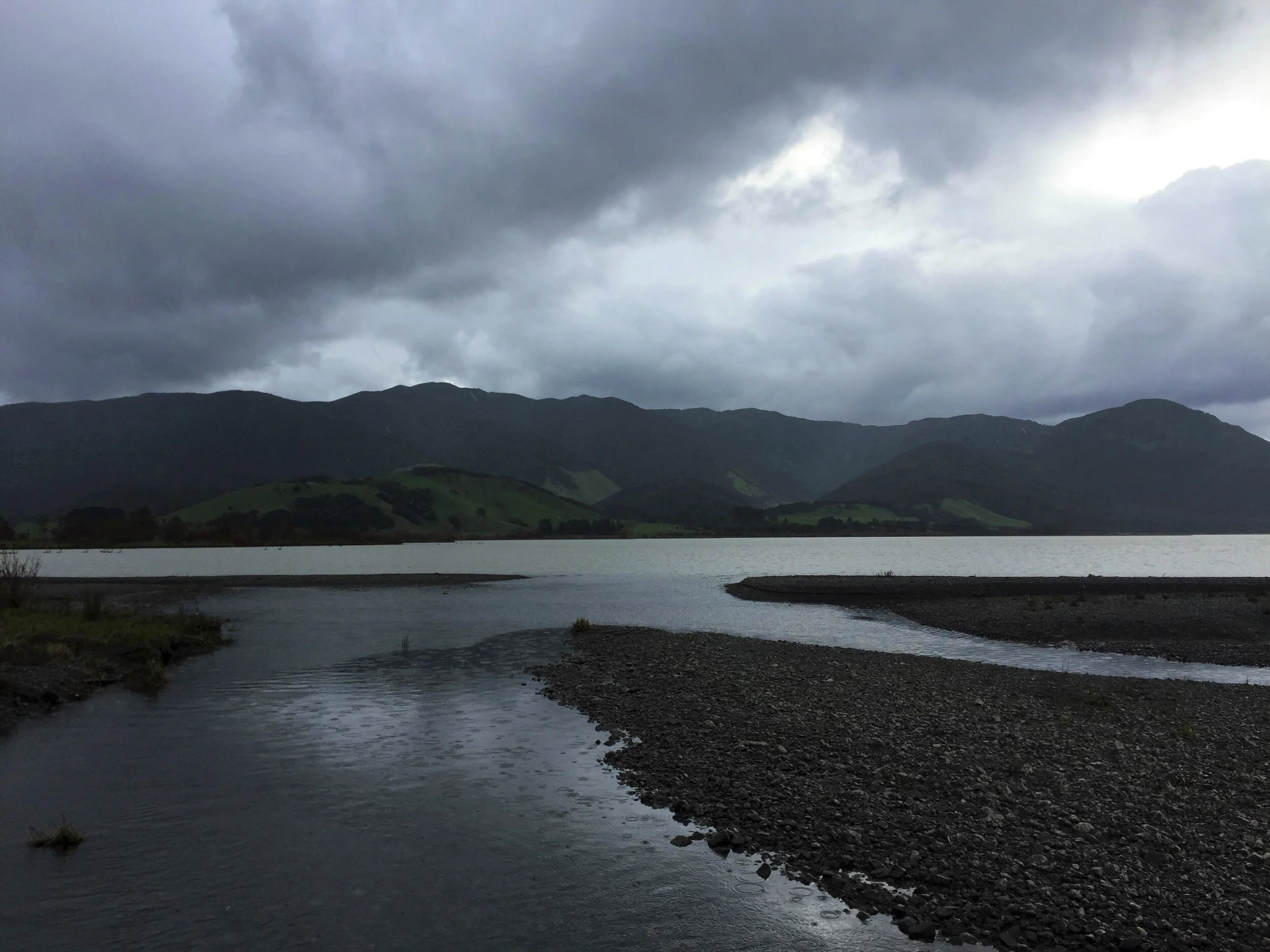Īnanga
This kōrero (story) was written by Amber McEwan
Whitebait season comes around on August 15th, when a bunch of keen New Zealanders will creep out of their homes in the freezing dark morning and take to the rivers armed with waders, swandris and optimistic hearts.
Whitebait are a kiwi icon, but there is a lot more to these tiny, translucent treats than meets the eye. Unbeknownst to many people, the word “whitebait” actually refers to the young of five species of native freshwater fish. Most of these species are found nowhere else in the world and four of them actually have a more serious conservation status than the little spotted kiwi!
Credit: Alton Perrie
Īnanga are the species most commonly represented in whitebait catches. They are the smallest of the whitebait species and the one that is most commonly seen by people. Īnanga are silvery grey with glittery speckles, around 10 cm long and tend to live in schools or shoals. They are native to New Zealand but are also found in Australia, South America and the Falkland Islands—they are actually one of the most widely distributed freshwater fish in the world!
Īnanga breed once a year, around river mouths, laying their eggs in streamside vegetation during spring tides. These eggs then spend a couple of weeks nestled amongst moist grasses and rushes (on dry land!) until the next spring tide triggers hatching and the tiny larvae are washed out to sea. They spend 4-6 months in the sea and then the juvenile fish migrate back into freshwater and head upstream in search of suitable places to call home. It is during this upstream migration that they are captured as “whitebait”
Īnanga are classified by the Department of Conservation as declining—largely due to loss of habitat caused by human activities such as farming and urbanisation. The best way to help an īnanga out is to join a local community group (see our Get involved page to find out about groups around Wairarapa Moana) and help with the replanting of stream banks!
Amber McEwan is an ecologist and the principal scientist at Riverscapes Freshwater Ecology. She has many years of experience working with (and admiring!) kākahi, and is currently researching ways to successfully translocate them as one means of saving populations.
Amber is also an enthusiastic science communicator and freshwater advocate. She has written five children’s books, designed a card game, and has written many articles about freshwater issues published in various media. She also manages Riverscapes Kids which offers educational resources that are free to download.


